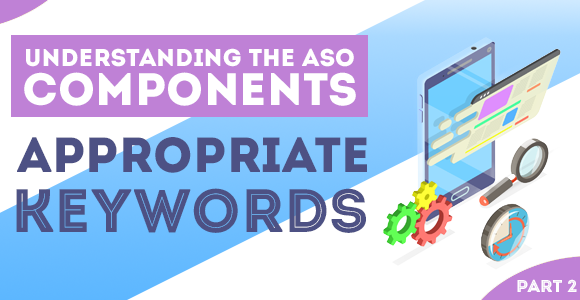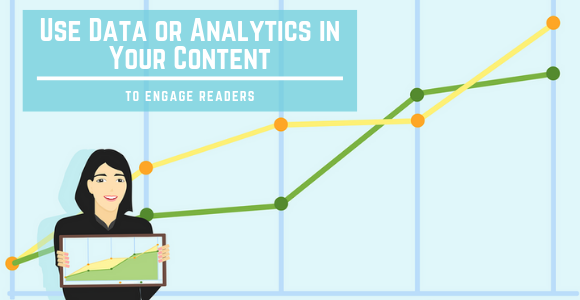I don’t know about you, but to me, the human brain is one of the most extraordinary, interesting, and mysterious things there are. When it comes to marketing, studying it can reveal so much about consumer behavior and buying decisions, that for decades, people have been trying to understand how it works. But how exactly is this related to web content writers and marketers? Stay a bit longer and you shall learn!
The Concept and Practice of Neuromarketing
If you thought social listening was kind of creepy and borderline scary, wait until I tell you more about neuromarketing. It’s probably the fact that it allows a major insight into parts and functions of our brains that even we are not fully aware of. Okay, I’m getting ahead of myself. Let’s first cover some of the essentials.
Q: What is neuromarketing?
A: In short, neuromarketing is a type of research that measures brain activity and tracks our reactions to marketing stimuli.
Q: What is the process of obtaining data?
A: It is usually performed with the help of functional magnetic resonance imaging (fMRI), eye tracking technology and so on. Researchers may show their subjects ads, text, images, TV commercials, packaging, etc. so that they map brain activity.
Q: Who makes this kind of experiments?
A: Generally, whoever has the funding and technology. Marketers and neuroscientists have used it and continue to do so in order to study the human brain and its unconscious reaction to advertising.
Before We Continue, Let’s Dissect the Human Brain
Not literally, thank God
In order to be able to understand why we need to use all this complex technology, to wire up and scan our brains just to be able to see which area of the brain will light up on a monitor, let’s talk about the very subject of our study. That’s right, the human brain & its parts.
If you listened closely at your psychology class, you know that our brain is kind of split into three parts – the reptilian (or primal), the rational, and the emotional. What neuromarketing is mainly concerned with is the reptilian brain.
This is where our instinctual self lives.
The one that makes our lungs raise and our hearts beat without our conscious efforts to do so. It’s the conductor that orchestrates the vital functions that keep us alive.
Why do they focus on your reptilian brain?
Because as we said, people are controlled by it but they have no control over it. So your rational side might tell you that it’s better to buy a certain product for its characteristics but the second you reach the cash point, you grab an alternative just because it looks better. It turns out people often make intuitive purchase decisions as opposed to rational ones.
What Does It Mean For Businesses?
What this marketing division is all about is trying to find out why we want what we want. The question “Why?” is the favorite tormentor of marketers.
Some product developers have a greater insight into the Why of their customers. Be it through developing the technology for research or by simply asking persistently, they go a long way to understand what makes people’s brains tick.
However, traditional market research proves to be limited.
With neuromarketing, you can jump a step ahead into creating better advertising. Instead of focusing on the rational side of our brains, marketers find a path to the instinctive one.
How Web Content Writers Can Benefit From It
How to craft your copy according to neuromarketing findings
An example of neuromarketing findings put to use by content writers can be seen in campaigns that are heavy on the use of “You” language and phrases. Because of the importance of visuals, images and packaging have also been a focus for marketers when stimulating our subconscious selves.
When it comes to words, writers must pick the ones that evoke strong reactions. Remember, logical and rational approach is not the answer here. Think of instincts. It may be the sound or the wording of the sentence that gives a strong response. Some words or expressions are linked to sensory associations and affect us at a subconscious level.
Something important that not just content creators, but marketers, in general, should keep in mind when they design their campaigns is that people often do the opposite of what they say they will. That’s why a successful copy will be the one that hits the right note in the right moment. Whatever you write, create, or design, try to affect as many senses as possible.
You should focus on the way your text sounds, flows, and looks, not just its meaning.
These things have all a subtle but a very powerful and stimulating effect on our brains.
Before You Leave
If you enjoyed this, the next part is for you
If this was the first time you ever came across this subject and you almost feel a rush of adrenaline to dive in deep and learn more, I have just one thing to say. Join the club!
As a little bonus, I am going to leave this video for you here.
In it, Moran Cerf, an Israeli neuroscientist with a super interesting life story, tells us about the types of brain research that are allowing us to see how humans make a decision in real-time. If you don’t have time for the whole thing (although, I do think it’s worth watching all of it), skip to 3:20.
So, what do you think about neuromarketing? Do you think it’s too invasive and it offers knowledge which should not be used for marketing purposes? Or maybe, just like me and some of my fellow SEO content writers on the team, the idea of digging into the human brain and getting to know it better doesn’t sound so bad.
Perhaps, I will focus on the ethics of neuromarketing in another article. But, until then, I want to know what you think. Share your opinion in the comment section below!







